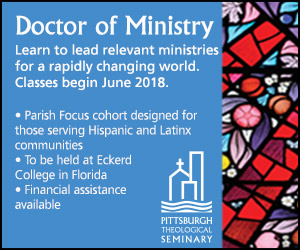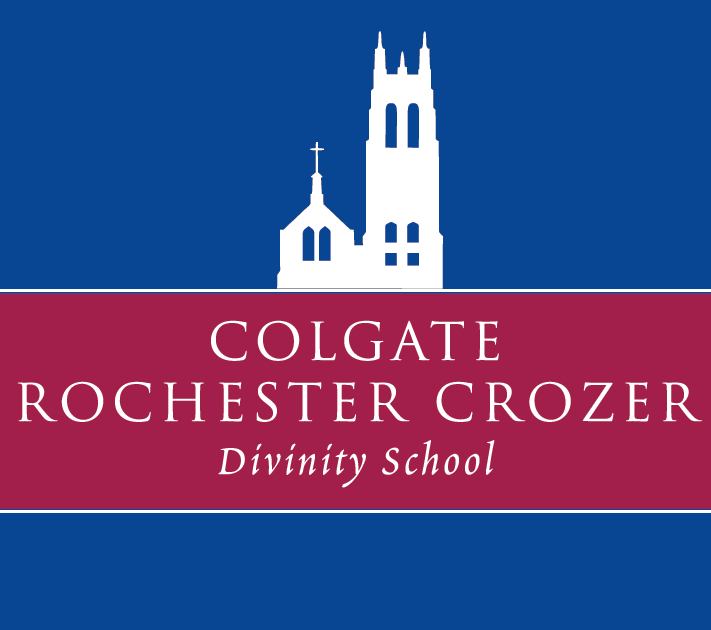By Rev. Donte’ L. Hickman,
As a minister, I have had the fortune of traveling across the length and breadth of this country speaking to congregations and audiences for the past 25 years. Recently, I have noticed a trend that I find a bit disconcerting. Major cities — including Washington, D.C.; Chicago and Philadelphia — that were in considerable economic decline 20 years ago are now experiencing a great deal of economic renewal and urban revitalization. While these trends are viewed positively by many, I find myself wondering at whose expense this development is occurring. Is the redevelopment of urban America displacing low income minorities who have been there for the past half century?
Dilapidated row houses in west and north Philly, where the black middle class resided, have been replaced by high priced condos and construction projects that use Temple University, University of Pennsylvania and Drexel University as anchors to rebrand neighborhoods. In the last five years some places have seen an 80 percent jump in rents. And all three universities have undertaken major expansions in the billions. Our nation’s capital was once known as “Chocolate City,” but recent development has changed the demographics, with nearly half the residents today white. A southeast D.C. neighborhood called Anacostia is rapidly changing, for example, increasing its portfolio of people with disposable income to support a great deal of retail. During the Harlem Renaissance, Central Harlem residents were ultimately displaced and became victims rather than beneficiaries of gentrification. In Chicago, the notable Cabrini Green Projects were finally demolished and the residents displaced with the hopes of coming back to affordable housing.
If what we are experiencing across the country is labeled as revitalization, then we have to seriously re-evaluate whether what is being preserved is vital. Our communities have been destabilized by unemployment, food deserts, predatory lending, unjust foreclosures and a deprivation of intrinsic values. Is the sustainable solution to a subculture of entrenched poverty displacement? It is particularly interesting to note the scarcity of funds to restore people, but the abundance of billions to redevelop properties without them. And with that redevelopment comes better amenities, healthier food choices, proper zoning codes, new schools and better security.
We are at a very pivotal point in our country’s history of racial and economic disparities, and it is critical that we mandate and model community redevelopment without wholesale gentrification of low income and minority residents. When I see blocks of vacant properties, boarded homes and downtrodden people, I see an opportunity for transformation through realizing partnerships to restore people and rebuild properties. Cultural displacement and replacement will not serve the sustainability and vitality of our communities. That’s merely transporting issues and individuals that, with the right intentions and investments, can be transformed.
It is incumbent upon the public and private sectors to mitigate against the inequality and inefficiency of gentrification by rebuilding a vibrant community of diversity with integrity. Richard Bennett and Daniel Hale of Johns Hopkins Bayview Medical Center have co-authored a book entitled, “Building Healthy Communities Through Medical-Religious Partnerships.” In it they discuss how congregations are a natural link of care giving and bridge of hope to bring health and human services to communities that experience so many health disparities. Their approach to community revitalization and transformation is a key component to healing inner city communities.
Local businesses should adopt the same approach of partnering with faith communities to provide workforce development training and recruiting right from within the community. For example, the Under Armour development arm, Sagamore, is developing a city within the city on 266 acres of land in Port Covington with retail, restaurants, a whiskey distillery, offices and a global headquarters. This is the kind of development that has the potential of revitalizing inner city communities by empowering residents with jobs. The question is, while the firm intends to seek financial support from the federal, state and local governments, what support do they plan to give in training and recruiting employees from Baltimore? We have to begin to see our communities as presenting opportunities for — rather than obstructions to — the greater good.
Recently, Gov. Larry Hogan announced a multi-million dollar investment to demolish abandoned properties in Baltimore. This is commendable and welcome, but the larger question is what will Baltimore become? Will we follow the same detrimental patterns of other major cities that have given in to gentrification? Or will we develop a new model that leads the country in redeveloping communities of affordability, diversity and integrity to pre-existing cultures? I’m pressing for the latter.
Rev. Dr. Donte’ L. Hickman is pastor of Southern Baptist Church in Baltimore City, Harford and Howard counties. You can follow him online @DrDonteLHickman
Photo Credit: BaltimoreSun.com



















